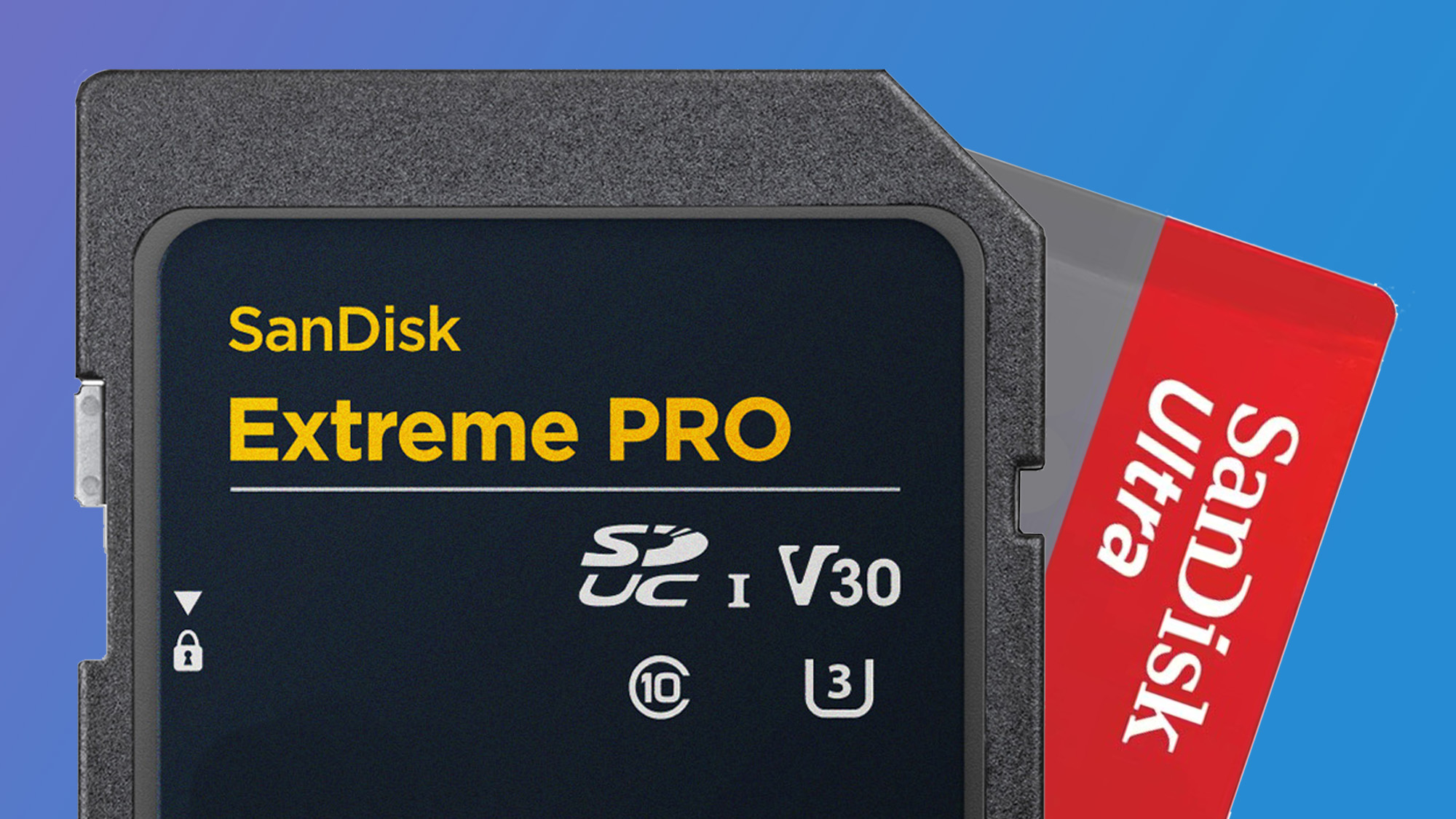The humble SD card turns 25 as memory capacity increases one million times and speeds improve by a factor of 300
From 8MB to 8TB: SD card's insane 1,000,000x growth no one saw coming

- A modest beginning with massive growth over 25 years
- Over 12 billion SD and microSD cards have been sold across consumer and industrial devices
- SD Express cards now reach speeds of 4GB/s, up from just 12.5MB/s in 2000
When the first SD memory card hit the market in 2000, it offered a modest 8MB of storage. At the time, this was a practical solution for the relatively small demands of digital cameras and early portable media devices.
Twenty-five years later, SD and microSD cards have evolved into high-performance storage mediums, with capacities reaching up to 8TB following the launch of the SanDisk Extreme Pro in 2024.
According to the SD Association (SDA), a consortium of nearly 800 technology companies, this represents a capacity increase of over one million times.
microSD’s role
MicroSD, which marks its 20th anniversary in 2025, has been particularly credited with shaping mobile device capabilities.
“Selfies, mobile phone photography, enjoying music and videos on a mobile phone all became possible because of innovation driven by the SDA,” the association noted.
Today, the best microSD cards and SD cards remain widely used in smartphones, cameras, drones, gaming consoles, and IoT devices.
Even with the rise of USB-C flash drives and cloud syncing services, SD technology continues to hold its place.
Sign up to the TechRadar Pro newsletter to get all the top news, opinion, features and guidance your business needs to succeed!
“SD memory cards continue delivering portability and convenience, letting people upgrade the storage in their devices at any time thanks to the dedication and vision of our nearly 800 SDA members,” said Yosi Pinto, Chairman of the SDA.
The SDA reports that more than 12 billion SD and microSD cards have been sold globally. While volumes increase, performance is also improving.
In 2000, card speeds were around 12.5MB per second. Modern cards using the SD Express standard can reach nearly 4GB per second, a speed improvement of more than 300 times.
With these gains, SD technology is approaching SSD-level performance, a development especially important as gaming, VR, and AI workloads drive demand for faster, high-capacity storage.
That said, internal storage is becoming more affordable, and reliance on the cloud continues to grow. This raises the question of whether external cards will remain essential or shift into niche roles. However, the SDA remains confident.
“We expect SD memory cards to remain a critical, cost-effective storage option across a variety of applications and devices in the future, since 394 zettabytes of data is expected to be created by 2028,” said Hiroyuki Sakamoto, President of the SDA.
You might also like
- These are the largest SSDs and hard drives on the market
- Here are the best cloud storage services around
- How startups can achieve outsized results by leveraging multi-agent systems

Efosa has been writing about technology for over 7 years, initially driven by curiosity but now fueled by a strong passion for the field. He holds both a Master's and a PhD in sciences, which provided him with a solid foundation in analytical thinking.
You must confirm your public display name before commenting
Please logout and then login again, you will then be prompted to enter your display name.